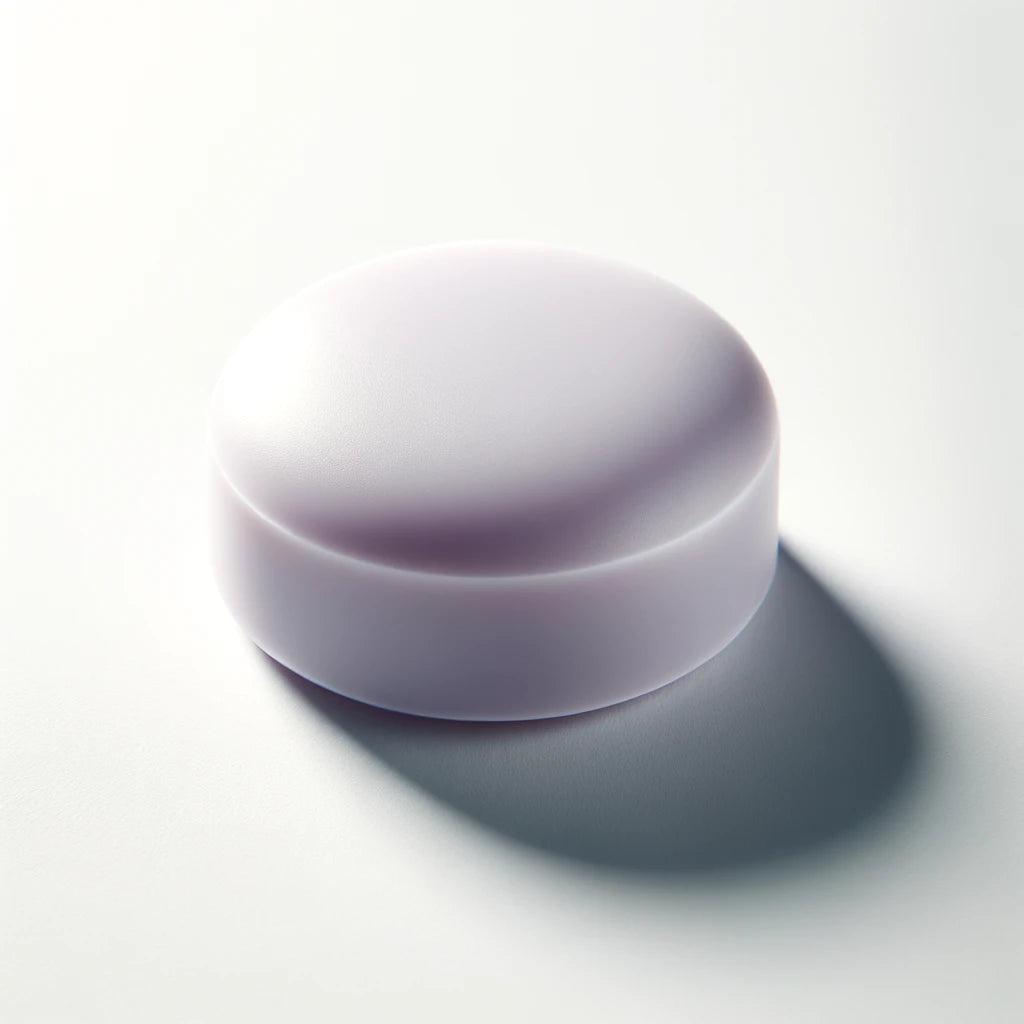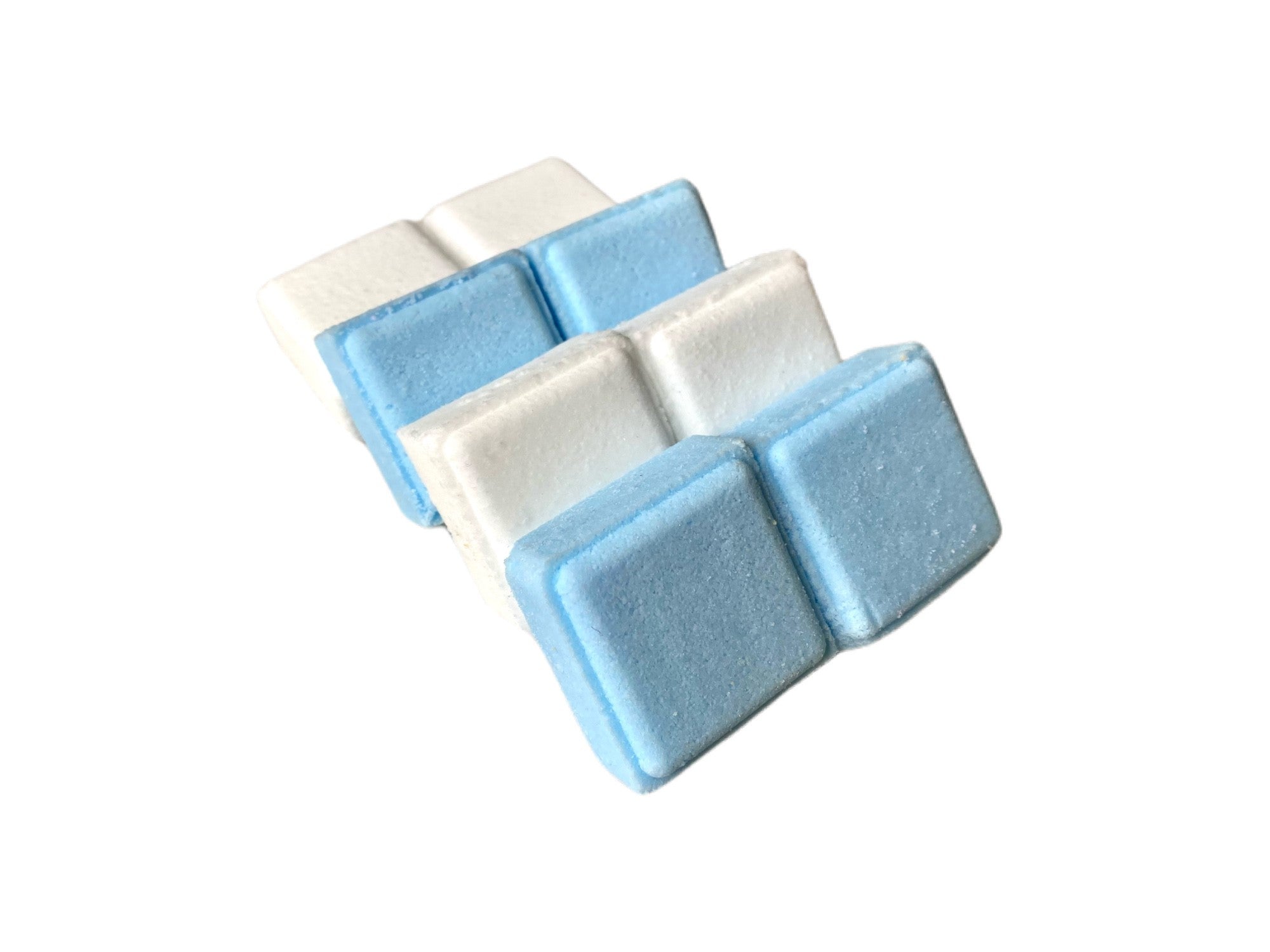In recent years, the beauty and personal care industry has witnessed a growing shift towards sustainability and eco-friendly products. Among the innovative solutions that have emerged, shampoo bars stand out as a notable trend. These solid alternatives to liquid shampoo offer a myriad of benefits, ranging from environmental advantages to superior hair care results. In this blog, we'll delve into the world of shampoo bars, exploring their history, benefits, and why they are becoming a staple in modern hair care routines.
The History of Shampoo Bars
Shampoo bars are not a new invention; in fact, they date back to ancient times. Before the advent of liquid shampoos in the early 20th century, people used various natural ingredients like soapwort, yucca root, and even animal fats to cleanse their hair. These primitive shampoo bars were effective but often lacked the sophistication and refinement of modern formulations.
The commercial shampoo bar as we know it today began to gain popularity in the late 20th and early 21st centuries, primarily driven by the rising awareness of environmental issues. Brands started to innovate, creating solid shampoo bars that were not only effective in cleaning hair but also aligned with the growing demand for sustainable and zero-waste products.
Environmental Benefits of Shampoo Bars
One of the most compelling reasons for the popularity of shampoo bars is their environmental impact. Traditional liquid shampoos typically come in plastic bottles, contributing to the global plastic pollution problem. In contrast, shampoo bars are often packaged in minimal, recyclable, or biodegradable materials, significantly reducing plastic waste.
Reduction in Plastic Waste
According to estimates, a single shampoo bar can replace two to three bottles of liquid shampoo. Given that billions of plastic shampoo bottles are discarded each year, switching to shampoo bars can make a substantial difference in reducing plastic waste. Additionally, the compact size of shampoo bars means they require less packaging material overall.
Lower Carbon Footprint
Shampoo bars are also more eco-friendly in terms of transportation. Their solid form and smaller size mean they are lighter and take up less space, leading to reduced carbon emissions during shipping. This lower carbon footprint is a crucial consideration for environmentally conscious consumers.
Benefits for Hair and Scalp
Beyond their environmental advantages, shampoo bars offer numerous benefits for hair and scalp health. These benefits stem from their natural ingredients, concentrated formulations, and absence of harsh chemicals.
Natural Ingredients
Many shampoo bars are formulated with natural ingredients like essential oils, plant extracts, and nourishing butters. These components provide gentle yet effective cleansing, making shampoo bars suitable for various hair types, including sensitive scalps. Natural ingredients also tend to be less irritating and more beneficial for overall hair health.
Concentrated Formulations
Shampoo bars are highly concentrated, meaning they contain less water than liquid shampoos. This concentration allows for a more potent and effective cleansing experience. A small amount of a shampoo bar can produce a rich lather, thoroughly cleansing the scalp and hair without the need for large quantities of product.
Absence of Harsh Chemicals
Many conventional liquid shampoos contain sulfates, parabens, and synthetic fragrances, which can strip the hair of its natural oils and cause dryness and irritation. Shampoo bars, especially those made with natural and organic ingredients, often omit these harsh chemicals, leading to healthier, more balanced hair and scalp.
Economic Benefits
Shampoo bars can be more economical than their liquid counterparts. Although the initial purchase price of a shampoo bar may be higher, their longevity and concentrated nature mean they last longer. A single shampoo bar can often outlast multiple bottles of liquid shampoo, providing better value for money in the long run.
Versatility and Convenience
Shampoo bars are incredibly versatile and convenient, making them a favorite among travelers and minimalists. Their solid form means they are less likely to spill, making them ideal for packing in carry-on luggage. Additionally, shampoo bars are often multi-functional, doubling as body soap or even shaving soap, reducing the need for multiple products.
How to Use a Shampoo Bar
Using a shampoo bar is straightforward, but there are a few tips to ensure the best results:
- Wet Your Hair Thoroughly: Ensure your hair is completely wet before applying the shampoo bar.
- Lather the Bar: Rub the shampoo bar between your hands to create a lather or directly onto your scalp and hair.
- Massage and Cleanse: Massage the lather into your scalp and hair, ensuring even distribution.
- Rinse Thoroughly: Rinse your hair thoroughly with water, making sure all the product is washed out.
- Store Properly: Allow the shampoo bar to dry completely between uses to extend its lifespan. A soap dish with drainage is ideal for this purpose.
Common Misconceptions About Shampoo Bars
Despite their growing popularity, some misconceptions about shampoo bars persist. Let's address a few common myths:
Myth 1: Shampoo Bars Don’t Lather Well
While it's true that some natural shampoo bars produce less lather than traditional shampoos due to the absence of sulfates, many high-quality shampoo bars create a rich, satisfying lather. The key is to ensure your hair is fully wet and to rub the bar between your hands or directly onto your hair to generate lather.
Myth 2: Shampoo Bars Are Harsh on Hair
Shampoo bars can be as gentle or as harsh as their ingredients dictate. Many are formulated with nourishing, gentle ingredients that are kind to the hair and scalp. Reading ingredient lists and choosing bars suited to your hair type can help avoid any harsh effects.
Myth 3: Shampoo Bars Are Difficult to Use
While there is a learning curve, most users find that shampoo bars are easy to use with a bit of practice. The convenience of their solid form and the benefits they offer quickly outweigh any initial adjustment period.
Choosing the Right Shampoo Bar
Selecting the right shampoo bar involves considering your hair type and specific needs. Here are some tips for choosing the perfect shampoo bar:
- Hair Type: Look for shampoo bars formulated for your hair type, whether it's dry, oily, curly, or color-treated.
- Ingredients: Opt for bars with natural, nourishing ingredients and avoid those with sulfates, parabens, and synthetic fragrances.
- Scent Preferences: Choose a scent you enjoy, as many shampoo bars are infused with essential oils for natural fragrance.
- Ethical Considerations: Consider brands that prioritize ethical sourcing, cruelty-free testing, and sustainable packaging.
Conclusion
Shampoo bars represent a significant step forward in the quest for sustainable and effective hair care solutions. Their environmental benefits, combined with their effectiveness and convenience, make them an attractive alternative to traditional liquid shampoos. As more people become aware of the impact of their personal care choices, the popularity of shampoo bars is likely to continue to grow. By making the switch to shampoo bars, consumers can enjoy healthier hair while contributing to a healthier planet.



